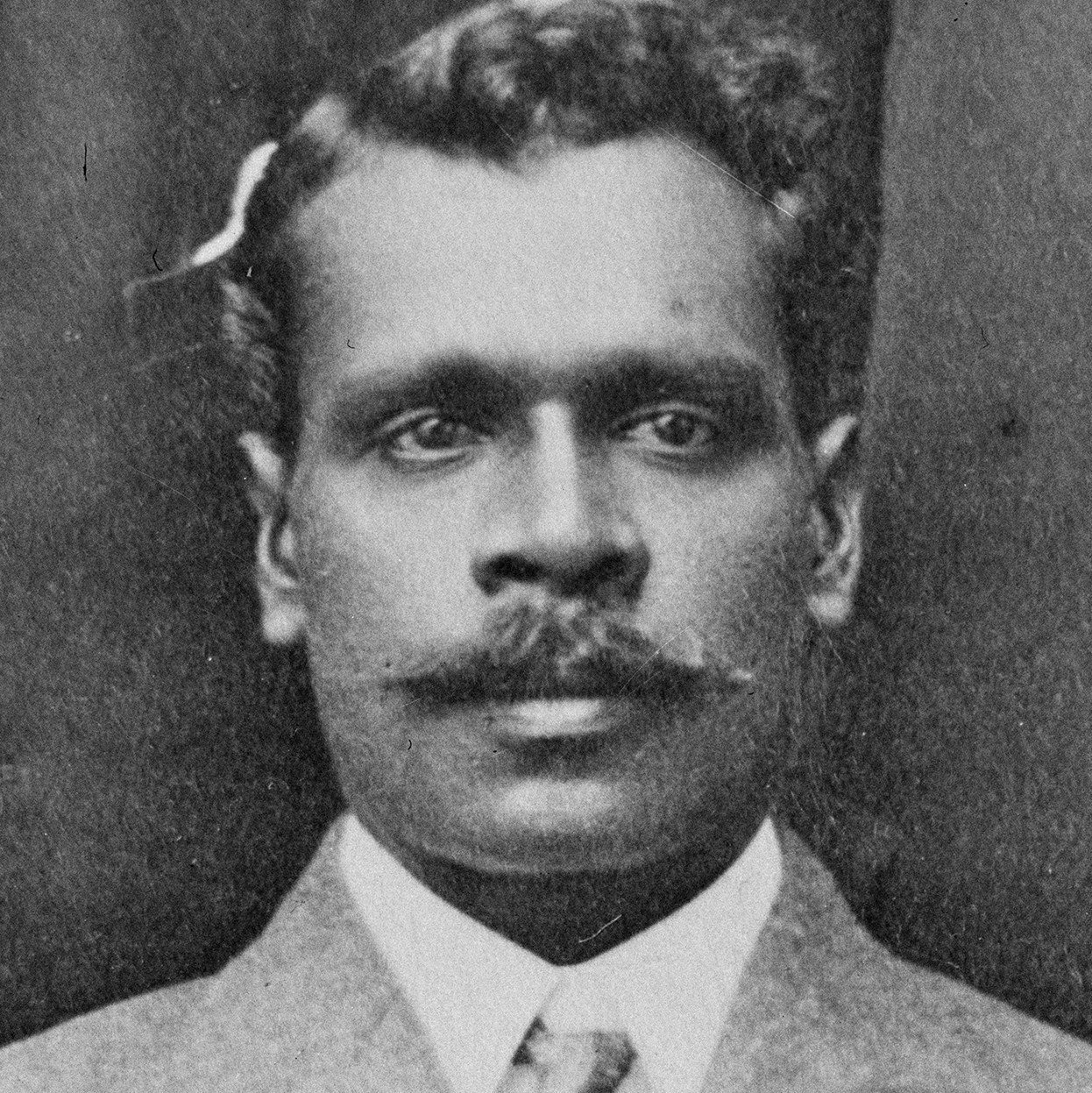Jack Marsh
 |
|||||||||||||||||||||||||||
| Personal information | |||||||||||||||||||||||||||
|---|---|---|---|---|---|---|---|---|---|---|---|---|---|---|---|---|---|---|---|---|---|---|---|---|---|---|---|
| Full name | Jack Marsh | ||||||||||||||||||||||||||
| Born |
c. 1874 Yulgilbar, New South Wales |
||||||||||||||||||||||||||
| Died | 25 May 1916 (aged 41–42) Orange, New South Wales, Australia |
||||||||||||||||||||||||||
| Height | 5 ft 7 in (1.70 m) | ||||||||||||||||||||||||||
| Batting style | Right-hand | ||||||||||||||||||||||||||
| Bowling style | Right-arm fast | ||||||||||||||||||||||||||
| Role | Fast bowler | ||||||||||||||||||||||||||
| Domestic team information | |||||||||||||||||||||||||||
| Years | Team | ||||||||||||||||||||||||||
| 1900–1903 | New South Wales | ||||||||||||||||||||||||||
| Career statistics | |||||||||||||||||||||||||||
|
|||||||||||||||||||||||||||
| Source: CricketArchive, 1 December 2011 | |||||||||||||||||||||||||||
Jack Marsh (c. 1874 – 25 May 1916) was an Australian first-class cricketer of Australian Aboriginal descent who represented New South Wales in six matches from 1900–01 to 1902–03. A right-arm fast bowler of extreme pace, Marsh was blessed with high athletic qualities and was regarded as one of the outstanding talents of his era. His career was curtailed by continual controversy surrounding the legality of his bowling action; he was no-balled multiple times for throwing. As a result of the debate over the legitimacy of his action, Marsh never established himself at first-class level and was overlooked for national selection. In contemporary discourse, Marsh's lack of opportunities has often been attributed to racial discrimination.
Born into the Bundjalung people at Yulgilbar on the Clarence River in northern New South Wales, Marsh first made an impression as a professional runner, travelling to Sydney and then competing interstate, winning races as a sprinter and a hurdler. While in Sydney, Marsh began competing in the local club cricket competition and his action quickly came under scrutiny. He was first no-balled for throwing in 1897, but it was not until 1900 that he came to prominence in a trial match against the New South Wales state team. Marsh dismissed leading Test cricketers Victor Trumper and Monty Noble, but was called for throwing. Marsh vowed to prove the legitimacy of his action by bowling with his arm encased in splints, which prompted the umpire to resign in humiliation. Having topped the bowling averages in the local competition, Marsh was selected to make his debut in the Sheffield Shield. He made an immediate impression and led the first-class bowling averages for the season after three matches. He was no-balled in his second match by Bob Crockett, but things came to a head in his fourth match when the same umpire no-balled him seventeen times, leading to angry crowd demonstrations. The cricket community was divided on whether Marsh's action was fair and various theories were propounded, which sought to show a motive for foul play against Marsh. The most popular of these theories was that Marsh was scapegoated in a campaign against throwing and was a soft target because of his race.
...
Wikipedia
